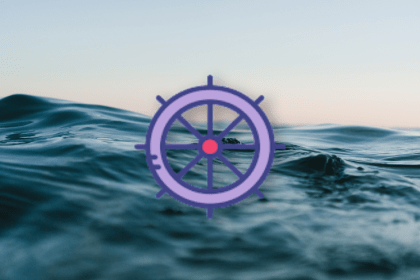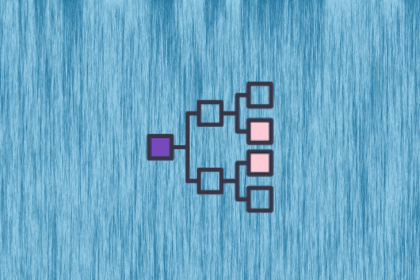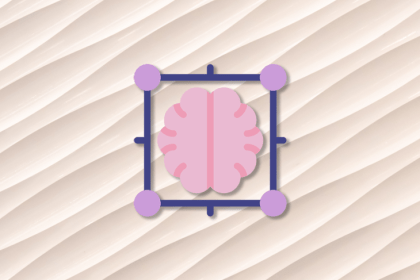
Outcomes are not built equal. There are various types of outcomes and the word outcome might even mean different things in different contexts.

Time management is an activity that requires you to plan and organize your time effectively. Managing your workload gets harder under stress.

An opportunity solution tree is a visualization tool designed to help product teams determine the best path to achieve a desired outcome.

Analysis paralysis occurs when the decision-making process gets bogged down by the inability to make a decision.

Site reliability engineering (SRE) is a discipline used for solving the challenges faced in running large-scale, highly distributed systems.

How you charge your users is as crucial as what you charge for and how much you charge. Discovering the sweet spot is essential to building a healthy monetization model for your use cases.

In this guide, we’ll define what acceptance criteria are, how to write them effectively for your user stories, the role of acceptance criteria in agile methodologies, and more.

Unsegmented, general revenue figures only tell part of the story. Distinguishing between different sources of revenue — namely, new and recurring revenue — is vital for deriving essential insights and fine-tuning your projections.

For PMs, all decisions are not created equal. Understanding the difference between type 1 and type 2 decisions helps you balance the compulsion to keep things moving with the need to step back and examine the process.

The theory of constraints recognizes that each system has at least one constraint that prevents it from achieving its long-term goal.

Long-term goals are a set of outcomes that you hope to deliver over an extended period of time. These are major accomplishments for your team.

Project scheduling is the process of developing a detailed plan that outlines the tasks, dependencies, resources, and timelines needed to complete a project.